
- Home
- Photography Tours
- Diary / Blog
- Galleries
- Foreign Trips
- Tasmania 2016
- NE Queensland 2016
- Western Alps 2016
- NE Spain 2016
- Australia's Wet Tropics 2015
- Australia's Top End 2015
- SW Australia 2015
- Switzerland 2015
- Andalucia 2015
- Belize 2015
- Australia 2014
- Switzerland 2014
- Belize 2014
- Bahama Islands 2014
- Switzerland 2013
- Ecuador 2012-2013
- Florida 2011-2012
- Vancouver Island 2011
- Australia 2010
- Peru 2008
- Bulgaria 2007
- Lesvos 2006
- California 2006
- New Zealand 2005
- Extremadura 2005
- Goa, India 2004
- The Gambia 2003
- About
September 2014
27th-28th September 2014
Wollongong Pelagic Boat Trips, New South Wales, Australia

Buller's Albatross (Thalassarche bulleri)
The only way to guarantee close views of albatrosses and other pelagic seabirds is to get out on the ocean. The cheapest and easiest way to arrange this is to join an organised pelagic seabird trip. I was pretty lucky that the timing of my trip coincided with a weekend where SOSSA had organised two trips out to the continental shelf on consecutive days and I was able to get a place on both of them.
Pelagic birding is always a bit of a lottery. Some days you will see an amazing variety of birds; others you can see virtually nothing and spend your day just staring at the endless ocean for hours on end with nothing to break the monotony. These two trips lay somewhere in the middle, classed as very slow days by the regulars, but enough activity to keep me from getting bored.
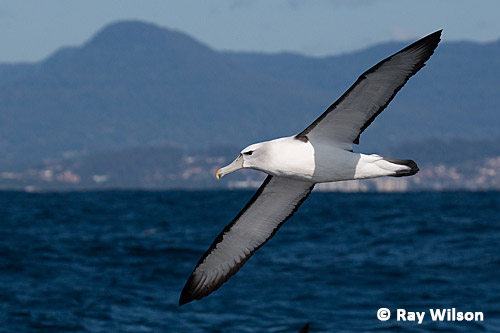
Shy Albatross / White-capped Albatross (Thalassarche cauta / T. steadi)
The commonest albatrosses encountered were immature Black-browed and "Shy-type" Albatrosses (All immature, and most adult, Shy Albatross and White-capped Albatrosses are indistinguishable in the field and so can only be identified as being "Shy-type").
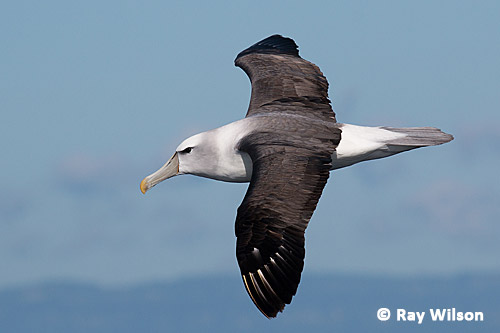
Shy Albatross / White-capped Albatross (Thalassarche cauta / T. steadi)
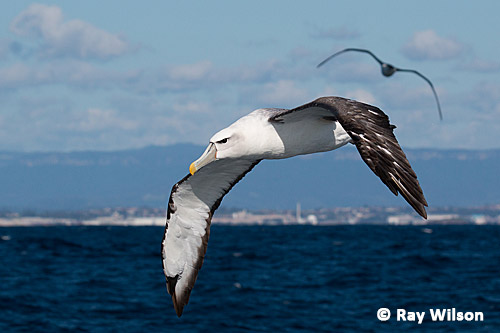
Shy Albatross / White-capped Albatross (Thalassarche cauta / T. steadi)
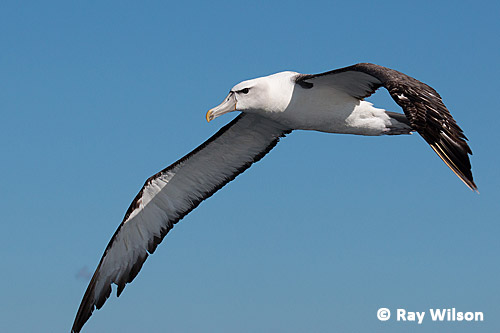
Shy Albatross / White-capped Albatross (Thalassarche cauta / T. steadi)
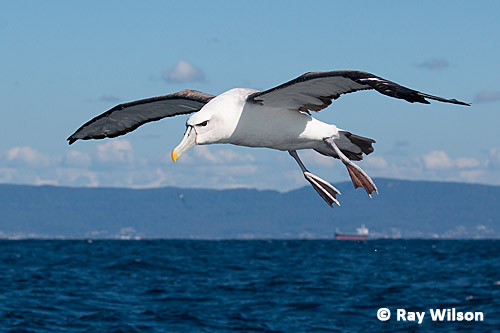
Shy Albatross / White-capped Albatross (Thalassarche cauta / T. steadi)

Shy Albatross / White-capped Albatross (Thalassarche cauta / T. steadi)
The albatrosses often come extremely close to the boat as they compete to be the first to grab the minced chicken being thrown over the side as bait (larger numbers of birds would be attracted to the boat if they had used fish offal but they said that evil smelling concoction was causing too many people to get seasick so they now always use chicken mince instead).

immature Black-browed Albatross (Thalassarche melanophrys)
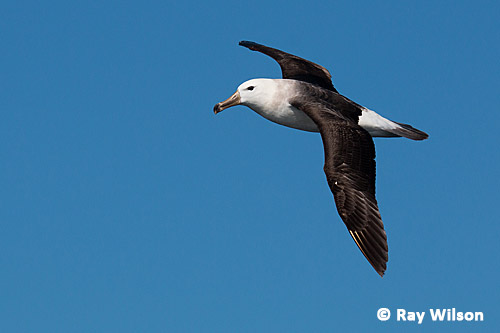
immature Black-browed Albatross (Thalassarche melanophrys)
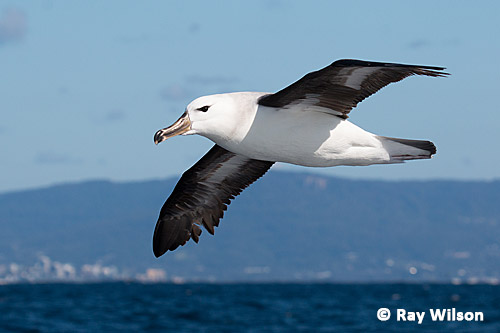
immature Black-browed Albatross (Thalassarche melanophrys)
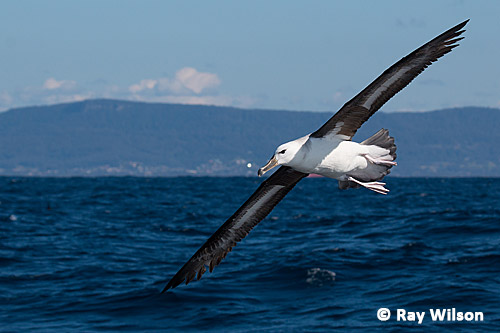
immature Black-browed Albatross (Thalassarche melanophrys)
Wandering Albatross are truly massive birds with wingspans of up to 3.5m (12ft) and although the numbers seen were fewer than "normal", we still saw 3-5 each day.
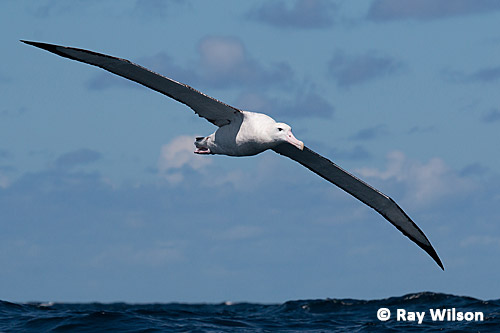
Wandering Albatross (Diomedea exulans)
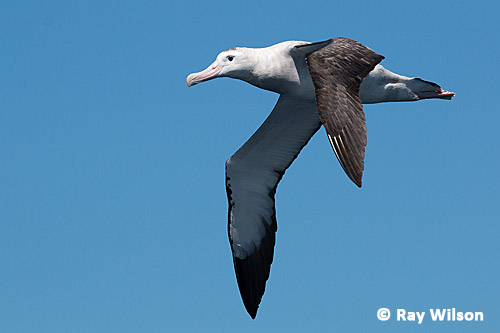
Wandering Albatross (Diomedea exulans)
When seen beside Wandering Albatrosses, Antipodean Albatross (formerly considered a subspecies of Wandering) is noticeably smaller, although it is still a very large bird and dwarfs the more numerous Black-browed and Shy-types. The bird below was the only Antipodean Albatross we saw over the weekend.
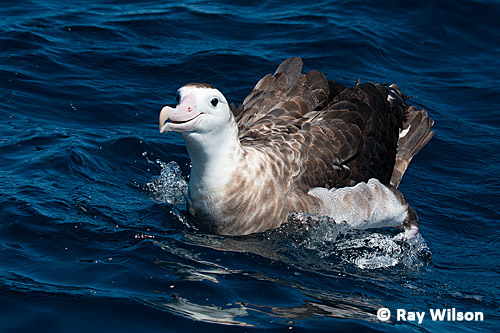
Antipodean Albatross (Diomedea antipodensis)
The smallest of the albatrosses we saw during the weekend, with a wingspan of "only" 1.8m, was the Indian Yellow-nosed Albatross and its small size and comparitively dainty bill make it instantly recognisable even when it is quite distant.
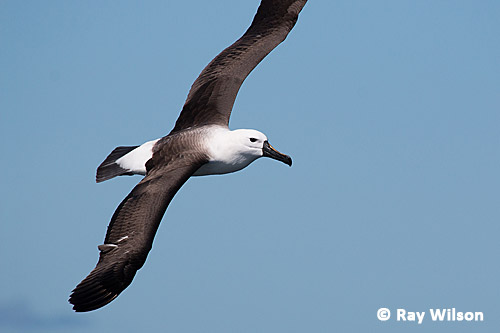
immature Indian Yellow-nosed Albatross (Thalassarche carteri)
One unique feature of the SOSSA Wollongong pelagics is that they catch some of the albatrosses for ringing studies, giving a rare opportunity to see these magnificent birds up close.

adult Indian Yellow-nosed Albatross (Thalassarche carteri)
The best bird of the weekend, at least as far as I was concerned, was a gorgeous adult Buller's Albatross (below and photo at top of page) that followed the boat for about 5 minutes on the Sunday trip.
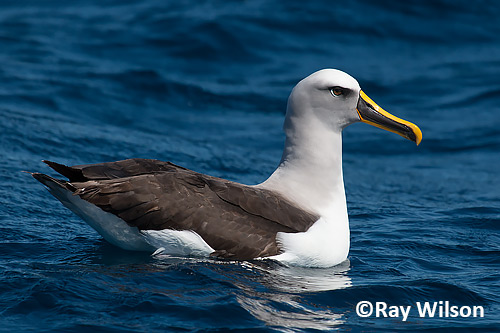
Buller's Albatross (Thalassarche bulleri)
It was easily differentiated from the much commoner "Shy-type" Albatross by its boldy marked yellow and black bill.
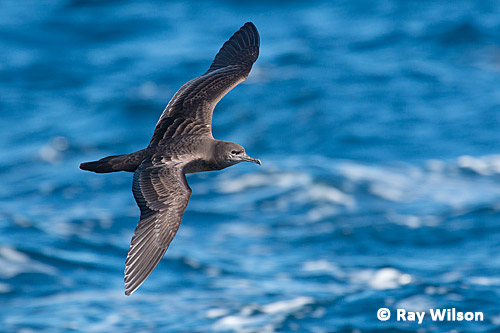
Wedge-tailed Shearwater (Puffinus pacificus)
The variety in the petrels and shearwaters seen over the weekend was very disappointing with only 4 species being spotted.
Providence Shearwater (Pterodroma solandri)
On the way out to the continental shelf on Sunday, a small group of Humpback Whales put on a bit of a tail-slapping display for us quite close to the boat.
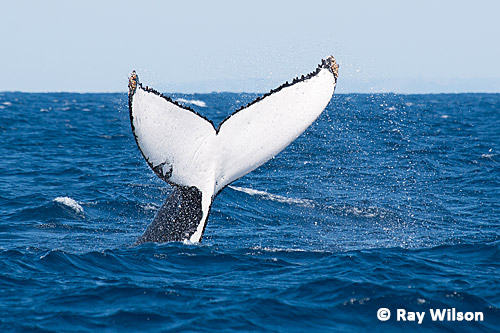
Humpback Whale (Megaptera novaeangliae)
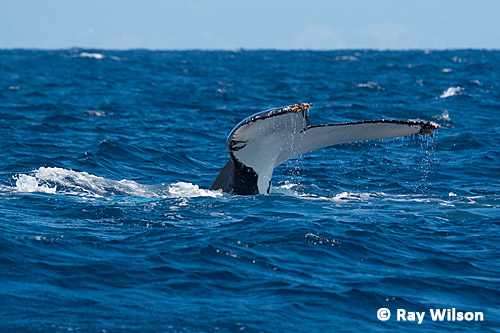
Humpback Whale (Megaptera novaeangliae)
It wasn't until we were almost back at the harbour on the Sunday that we saw our first skuas. A whole weekend without a single sighting and then we suddenly had four Brown Skuas harrassing the Silver Gulls that were following the boat.
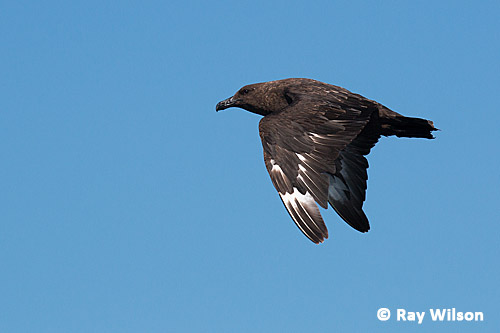
Brown Skua (Catharacta antarctica)
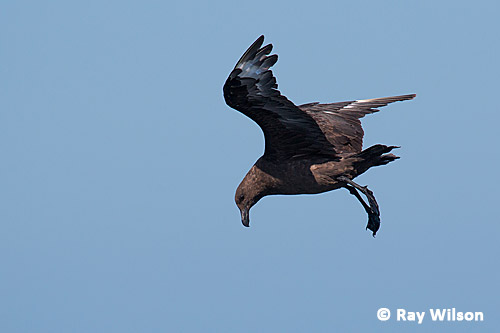
Brown Skua (Catharacta antarctica)
Silver Gulls generally only follow the boat when it is within sight of land.
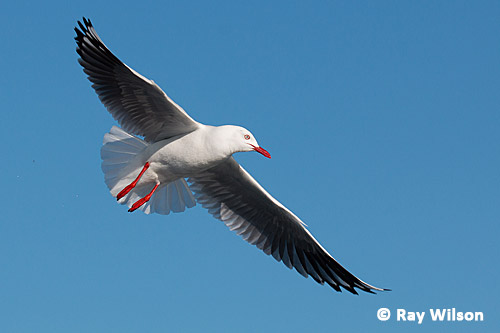
Silver Gull (Larus novaehollandiae)
Ray Wilson owns the copyright of all images on this site.
They may not be used or copied in any form without prior written permission.
raywilsonphotography@googlemail.com
